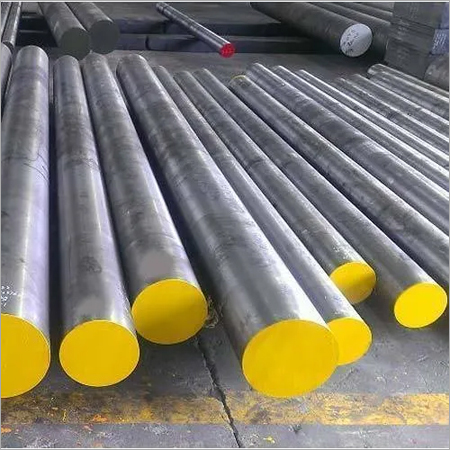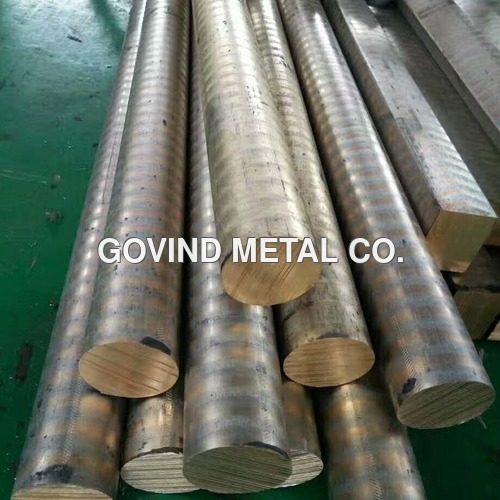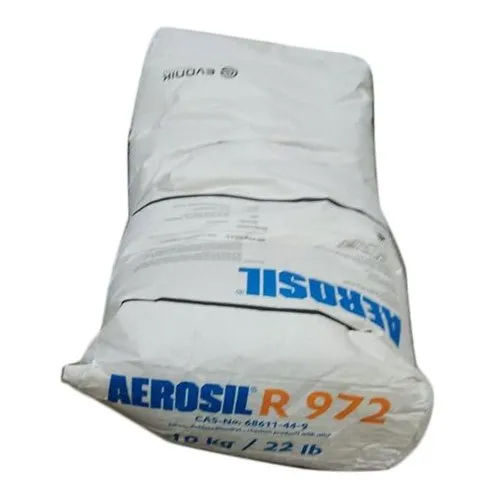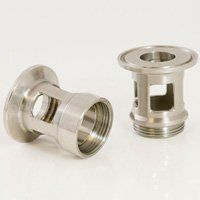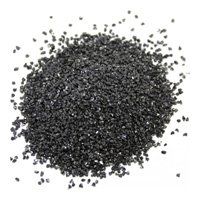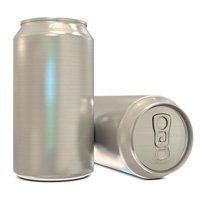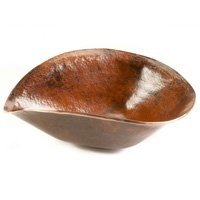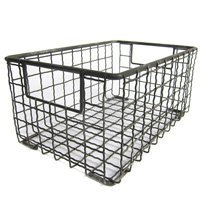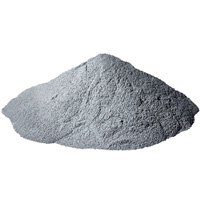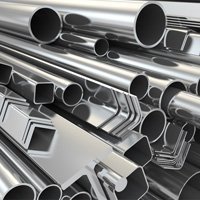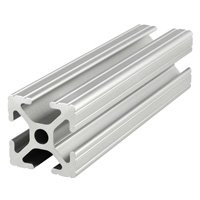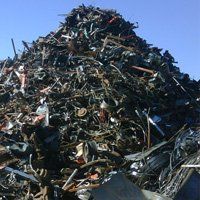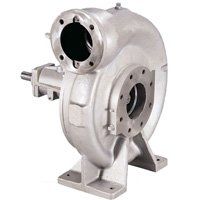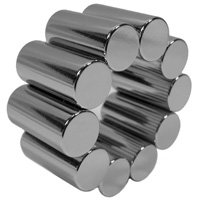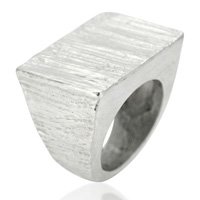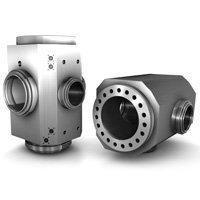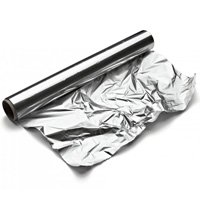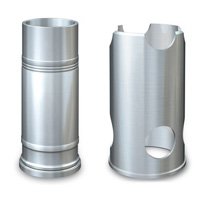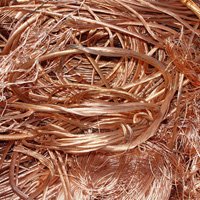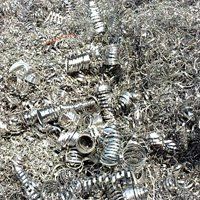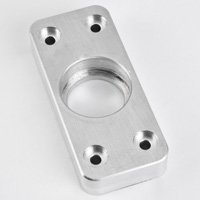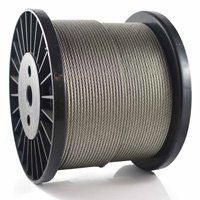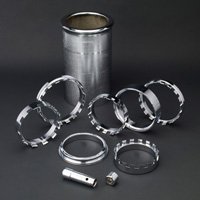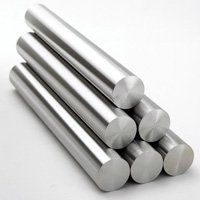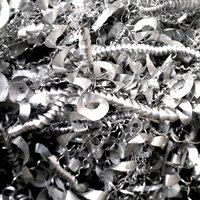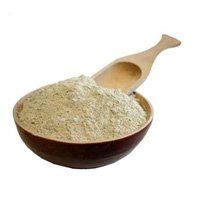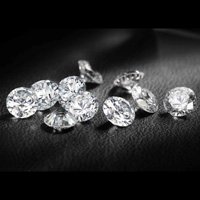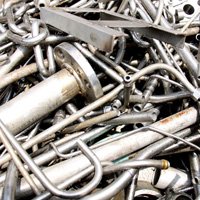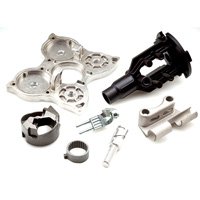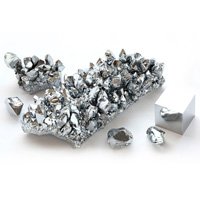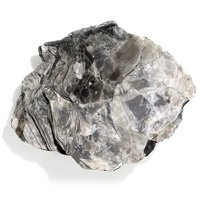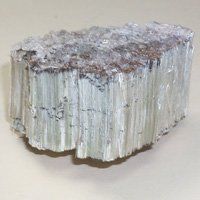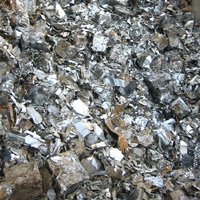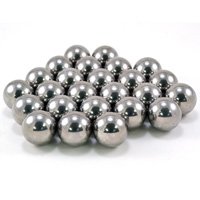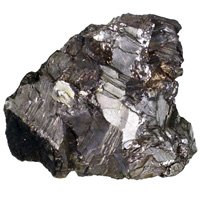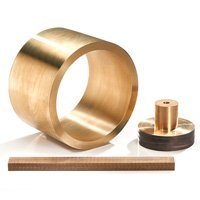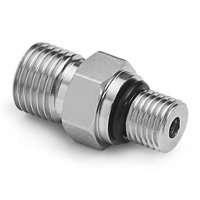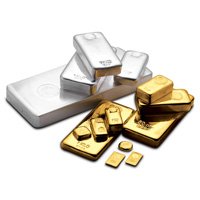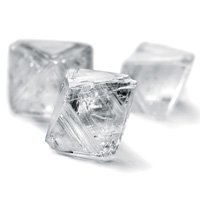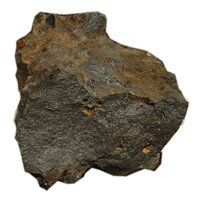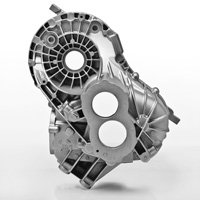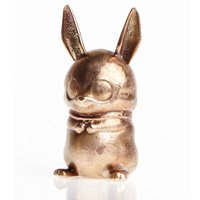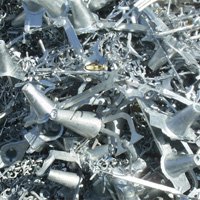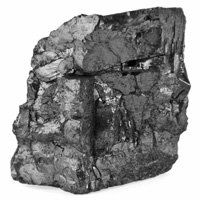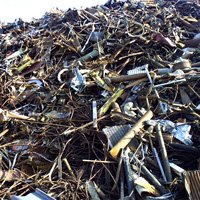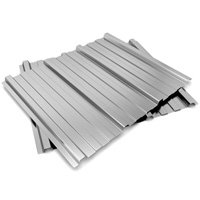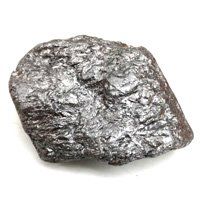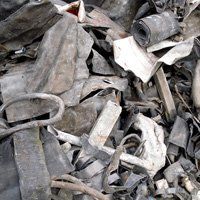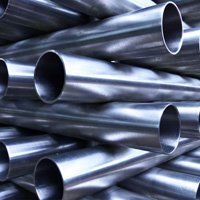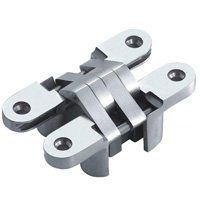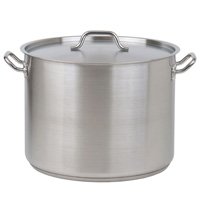Mineral & Metals
Product Showcase
Recently Added Products
Mineral & Metals - Definition & Meaning
Minerals are inorganic substances that can be found in solid form in the Earth's crust. Both their chemical make-up and crystal structure are one-of-a-kind. Materials like gold, silver, and copper are examples of metals. When cooled, they retain their crystalline structure and can be found in minerals.
An official definition of a mineral is "an inorganic component or compound with an. ordered internal structure with unique chemical composition, crystal shape, and physical. attributes.
Mineral & Metals a Uses
Some major metallic minerals are used in the following ways: -
1. Aluminium
Aluminum is the most common metal found in the Earth's crust. A mineral called bauxite is mined for its alumina content. It has several potential uses in areas such as,
- Electrical Industry
- Automobile Industry
- Manufacturer of Cans, bottles, and containers
- Building Industry
2. Copper
It is yet another essential metallic mineral with several applications.
- It finds widespread application in the manufacturing of mechanical and electronic components, as well as electrical lines and components.
- Copper is also used to make money and jewelry.
- Copper compounds are also effective against plant diseases.
3. Gold
Gold, a mineral, is a metal that is both heavy and shiny. The jewelry industry is its primary consumer. As a result, it's a valuable mineral from a financial perspective as well. Because it is such a good conductor of electricity, it also has use in the electronics sector.
Different Types of Minerals
1. Metallic Minerals
Metallic minerals, as the name suggests, are those that occur when different metals react with other elements. These minerals also have some of the physical characteristics of metals, such as hardness and shine.
Metallic minerals can be oxides, halides, carbonates, sulfides etc., depending on their chemical make-up. However, some of the Metallic Minerals, like gold, can also be discovered in their elemental forms.
One subset of Metallic Minerals is comprised of Ferrous and Non-Ferrous Minerals due to the widespread use of iron.
All ferrous minerals also include iron, while all non-ferrous minerals do not. Metallic minerals include all of the metal ores (bauxite, pyrite, hematite, magnetite, etc.).
2. Non Metallic Minerals
Because they lack metals, the physical properties of these Minerals are classified as Non-Metallic. Non-Metallic Minerals have great value to humanity despite our inability to mine them for metals. Among the most common Non-Metallic Minerals, silica is crucial in the building and engineering industries.
In thermal power plants, coal is burned to create heat, which is then utilized to generate electricity. Diamond is a very uncommon mineral that is mined for its gem quality stones.
Metallic VS Non Metallic Minerals
Metallic Minerals:
- All of these minerals have metals somewhere in their chemical makeup.
- One can't help but notice how sparkling and attractive they are.
- These minerals are typically located in metamorphic and igneous rocks.
- These Mineral & Metals can be melted down to produce metals.
Non Metallic Minerals:
- The chemical makeup of these minerals is devoid of metals.
- They don't have a polished look at all.
- Sedimentary rocks are where you'll find them.
- These minerals cannot be melted down to produce metals.
Types of Metal and Their Applications
1. Iron
Although it is used primarily as a component in steel, iron nevertheless has many desirable characteristics when used alone. Pure iron finds many use in the kitchen, in machines that generate heat (such as stoves), and in industrial gear. Stability and security in high-temperature settings are ensured by materials with high melting points and high stiffness.
2. Stainless Steel
Stainless steel has an inherent resistance to corrosion since it is made with that property in mind during the manufacturing process. Adding chromium to an iron/carbon ratio protects the steel by forming a thin layer of chromium oxide on the metal's surface as it rusts.
3. Brass
Brass, an alloy of copper and zinc, has a zinc content of 10% to 20%. Brass is a more malleable form of copper made by adding zinc. Jewelry, paintings, musical instruments, heat exchangers, and bullets are just few of the many uses for brass.
4. Bronze
It is common practice to combine tin and phosphorus to create bronze, but lead, zinc, and aluminum can also be used. A lot of springs, sheets, pumps, and bearings are constructed out of bronze because of the metal's ductility and its ability to harden with time.
Aluminum-bronze is used in coins, ship fittings, marine hardware, and valves because of its high resistance to heat.
5. Aluminum
The primary source of aluminum is bauxite, a mineral. It's lightweight, sturdy, and practical. It has more uses than any other metal since it is so pervasively present in nature.
6. Titanium
Titanium's strength and light weight make it a valuable engineering metal. It also retains a high level of stability at temperatures up to 480 degrees Celsius, which is rather impressive. Because of these features, it can be used in aircraft engineering.
This metal has a variety of applications, including those in the military. Titanium is used in the medical industry because of its durability and resistance to corrosion.
Titanium has other use in the petrochemical and sporting-goods sectors.
7. Zinc
Zinc is a common metal that has numerous applications in the fields of medicine and industry. It is most commonly used for galvanizing steel. In doing so, corrosion of the steel is prevented.
Die castings used in the electronics, hardware, and automobile industries are often made from zinc alloys. As a result of its low electrochemical potential, zinc is often used in marine settings as a cathodic protector to prevent the corrosion of other metals.
Zinc anodes can be used as a preventative measure for valves, pipelines, and storage tanks.
8. Lead
The metal lead is easy to work with and resistant to corrosion. A couple examples of applications are piping and painting.
The anti-knocking agent in gasoline was lead. It was later determined that this lead's byproduct was the root cause of certain very serious health problems. Ammunition, auto batteries, radiation shielding, lifting weights, cable sheathing, etc. all frequently include lead.
9. Alloy Steel
Alloy steel is steel to which other elements than carbon have been added in significant quantities to alter the metal's chemical composition and hence impart unique qualities. Vanadium, tungsten Manganese, nickel, and chromium are some examples of these alloying elements.
10. Cast Iron
To create cast iron, pig iron is re-melted with coke and limestone in a cupola-shaped furnace. There's a lot of iron and carbon in there. Cast iron's carbon percentage is typically between 1.7% and 4.5%.
What are Minerals?
An element or chemical compound that has taken on a crystalline structure during its formation in the earth is said to be a mineral. Quartz, feldspars, calcite, sulfur, and clay minerals like kaolinite and smectite are all examples.
1. Properties of Minerals
Minerals are distinguished by their organized atomic structure and unique chemical make-up. Hardness, shine, streak, and cleavage are just a few of the tangible characteristics that help mineral identification. As an illustration, talc is a soft, easily scratched mineral, while quartz is rather hard and not so readily scratched.
2. Crystal Structure
One of the most effective methods for identifying and distinguishing distinct minerals is by observing their crystal structures. The atoms, molecules, or ions that make up a crystalline solid arrange themselves in a regular, repeating pattern that spans all three dimensions.
There aren't many different crystal shapes that have been discovered. All naturally occurring crystals may be sorted into just 7 categories, or crystal systems.
3. Rocks and Minerals
There is no required chemical make-up for what we call a "rock," which is simply an assemblage of minerals.
Some rocks are made up almost entirely of a single mineral. For instance, the mineral calcite makes up nearly all of the sedimentary rock limestone.
It is not uncommon for other rocks to include a large variety of minerals, with each rock containing its own unique combination of minerals. Feldspar, quartz, and mica are the primary minerals that compose granite.
4. Ores-Mineral rich rocks
Ores are rocks that have valuable minerals that can be extracted for industrial use. For instance, contains an ore body composed primarily of quartz rock with trace amounts of silver and gold. To extract the precious metals from the ore, it is mined, crushed, and chemically processed.
Examining a thin piece of rock or mineral & Metals under a microscope allows for a more in-depth analysis. Thin-section mineral identification is straightforward because each mineral has distinctive optical characteristics. Several types of analytical equipment allow for more precise mineral analysis. Among these are mass spectrometry, microprobe analysis, and X-ray diffraction.
FAQs: Mineral & metals
Q. What is the important classification of minerals?
Ans. There are seven distinct crystal systems that can be applied to classify minerals. These networks are set up at the level of the atoms in the mineral's crystal structure. These include
- Cubic
- Monoclinic
- Rhombohedral
- Orthorhombic
- Tetragonal
- Hexagonal
- Triclinic
Q. List Of Different Types Of Metals
Ans. Here are the types:
- Steel
- Copper
- Iron
- Bronze
- Brass
- Lead
- Aluminium
- Titanium
- Silicon
- Lead
- Tin
- Cobalt
- Nickel
- Magnesium
- Tungsten
Q. What are the 3 types of Metals?
Ans. Aluminum, Copper, and Zinc are the top three common types of Metals.
Q. What is called Metal?
Ans. Metals are chemical elements that have metallic bonding and are able to rapidly produce positive ions (cations).
